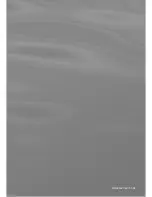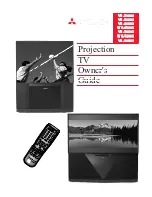
Page 10
PROTECTOR® IV Gauge Face Installation, Operation & Maintenance Manual
ELECTRICAL POWER (AC POWER)
AC Electrical Power and Battery Charger Connections
1. Remove the bolts on the battery terminals using a 10 mm socket or wrench. Look at battery and charger
safety precautions. Be careful not to short the battery terminals with a tool.
2. Through the terminal bolt, connect the ring terminals of red wire from the charger and from the control
box power harness to the positive battery terminal (+) and in the same manner connect the black wires to
the negative battery terminal (-).
3.
A qualified electrician must wire the units through the junction box and onto the on/off disconnect box
according to local regulations.
ALL WIRING MUST COMPLY WITH LOCAL AND NATIONAL ELECTRICAL CODES. USE ONLY THE WIRE
SIZES SPECIFIED IN THE INSTALLATION INSTRUCTIONS. WE RECOMMEND HAVING THE INSTALLATION
WIRED BY A CERTIFIED ELECTRICIAN.
ENSURE POWER SUPPLY CABLE GAGE IS PROPERLY SIZED TO ALLOW FOR REQUIRED POWER LEVELS
GIVEN THE DISTANCE FROM THE ORIGINAL SOURCE.
WIPING BAR INSTALLATION
Configuration at Track
Wiping bars should be installed in a position that agrees with the site selection criteria mentioned previously
in this manual. The common configuration at
track for PROTECTOR IV units is on both rails of
a single track with uni- or bi-directional traffic.
This is advantageous when lubrication of both
rails is required when the track has curves in both
directions. The set up described here is shown in
Figure 2
. If a dual unit is used, this configuration
can be used twice on two adjacent tracks from
the same unit.
Where a PROTECTOR IV unit is to be used to
lubricate one specific curve the wiping bars
should be positioned on the high rail of the
curve, this rail being the only one that should
experience contact from the flange of the wheel.
The wiping bar assembly can be installed in a four bar configuration shown in the diagram above. This provides
required rail curve lubricant for areas with continuous curvature, high traffic and other factors requiring a
maximum of rail curve lubricant. The installation time required depends on the installer’s familiarity with
components and labor available to complete the task.
Other Configurations
• Two bars with single pump with distribution in center.
• Two bars with double pump and supply hoses routed from tank to bars.
Figure 2: Configuration at Track











































